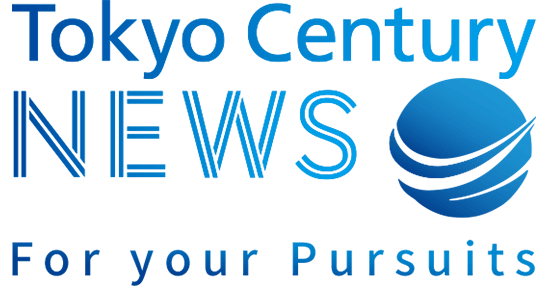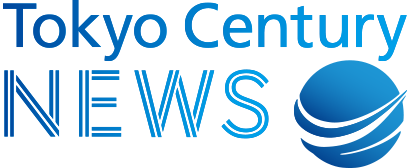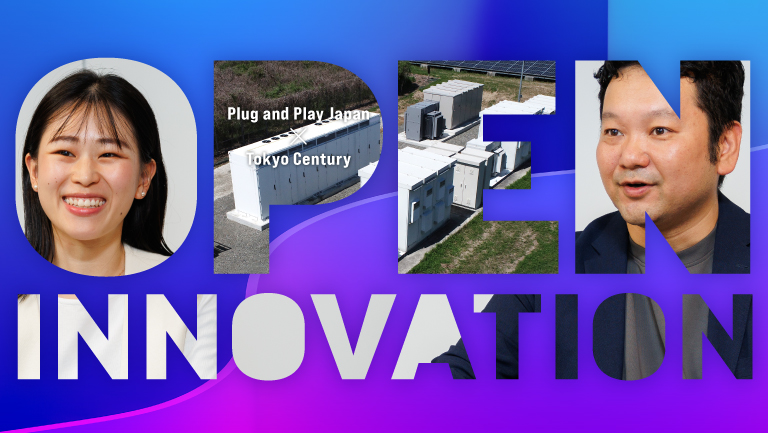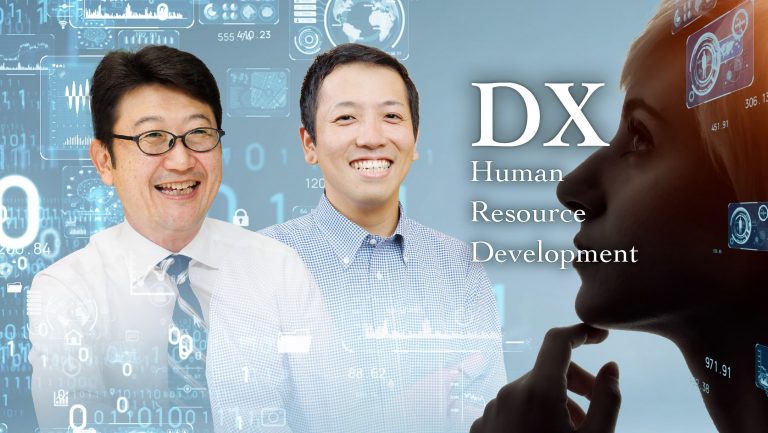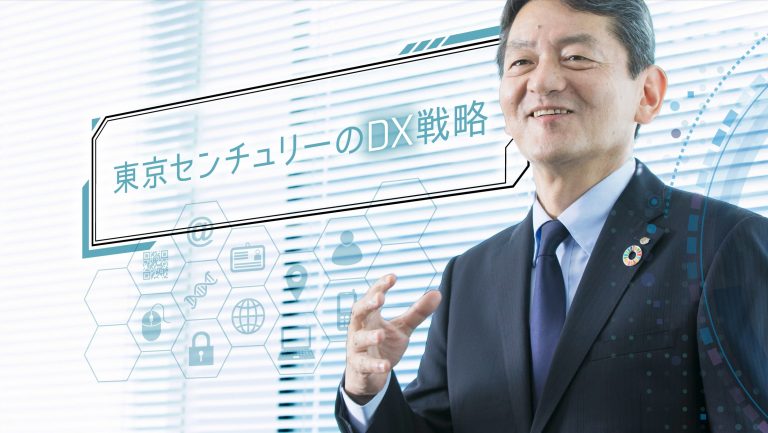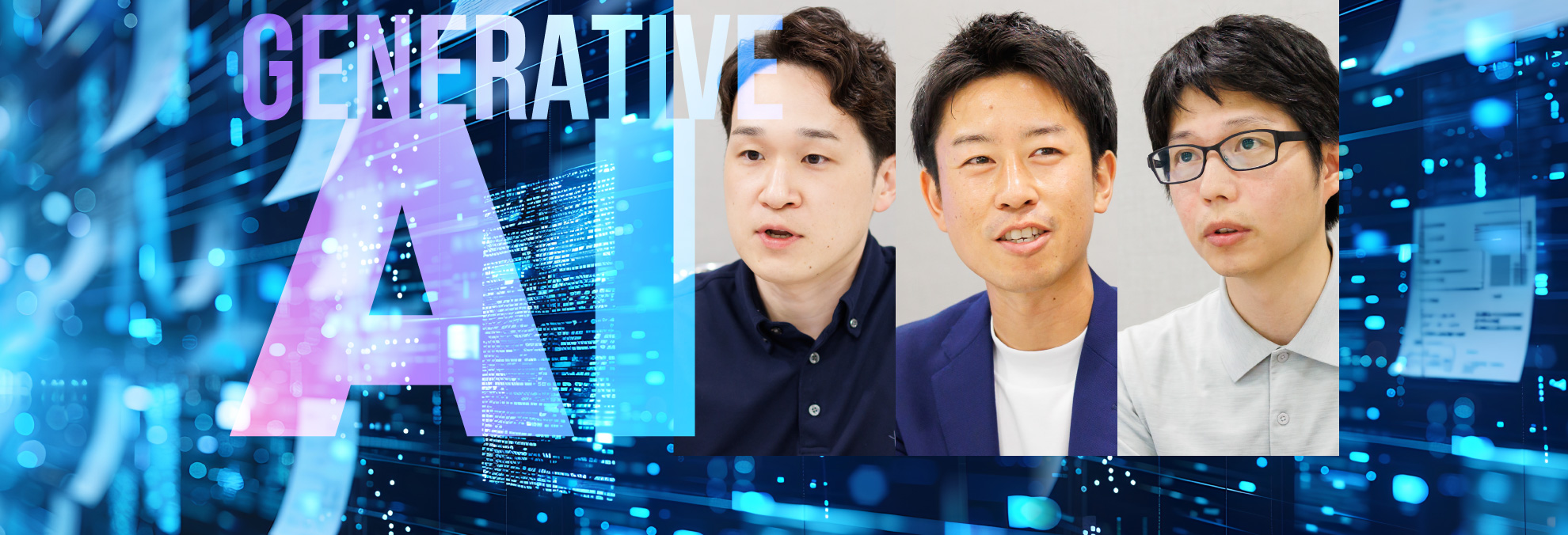
Three Strategic Focus Areas for Accelerating the Application of Generative AI at Tokyo Century
Aug 27, 2025
With the increasing pervasiveness of generative AI, companies are exploring ways to improve efficiency, boost productivity, and create new sources of value. Enterprise-wide implementation, however, depends upon establishing an environment in which the use of generative AI is easy and worthwhile for employees while also mitigating risks such as information leakage.
Having cleared these hurdles, Tokyo Century launched TC-ChatAI as an in-house generative AI chat service in 2023, and then rolled out a new generative AI environment across the company in April 2025. We spoke with Mr. Kuroki and Mr. Hashimoto from the IT Promotion Division and Mr. Sato from the dX Strategy Division about the key steps behind this initiative.
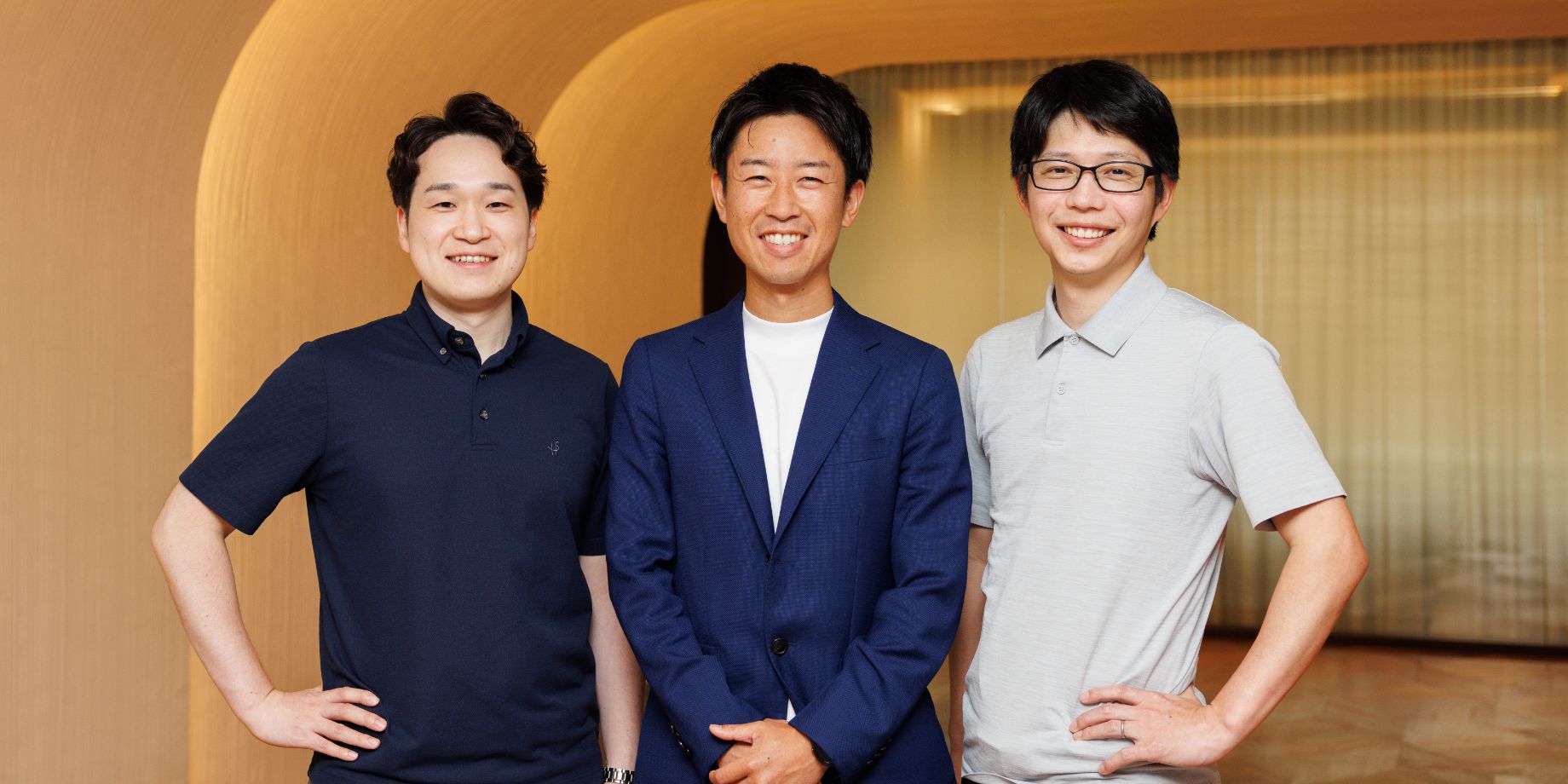
From left: Rei Hashimoto of the IT Promotion Division, Minato Sato of the dX Strategy Division, and Hiraku Kuroki, head of the CSIRT Office, IT Promotion Division
Phasing In the Adoption of Generative AI at Tokyo Century: From Hands-on Exploration to Achieving Outcomes
—At Tokyo Century, its IT Promotion and dX Strategy Divisions have been working together to promote the use of generative AI across the organization. What have been your team’s goals and focus so far?
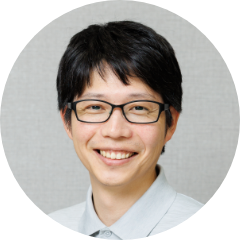
Kuroki
Under our Medium-Term Management Plan 2027, we set up our TC Transformation (TCX) program with digital transformation (DX) as its foundation. Within this framework, we established a company-wide DX task force. The IT Promotion Division is exploring the application of generative AI to enhance both customer value proposition and operational efficiency. We proceeded in stages: our goal for fiscal 2023 was to adopt a hands-on approach to generative AI, and our goal for fiscal 2024 was to achieve tangible improvement in operational efficiency at the individual level.
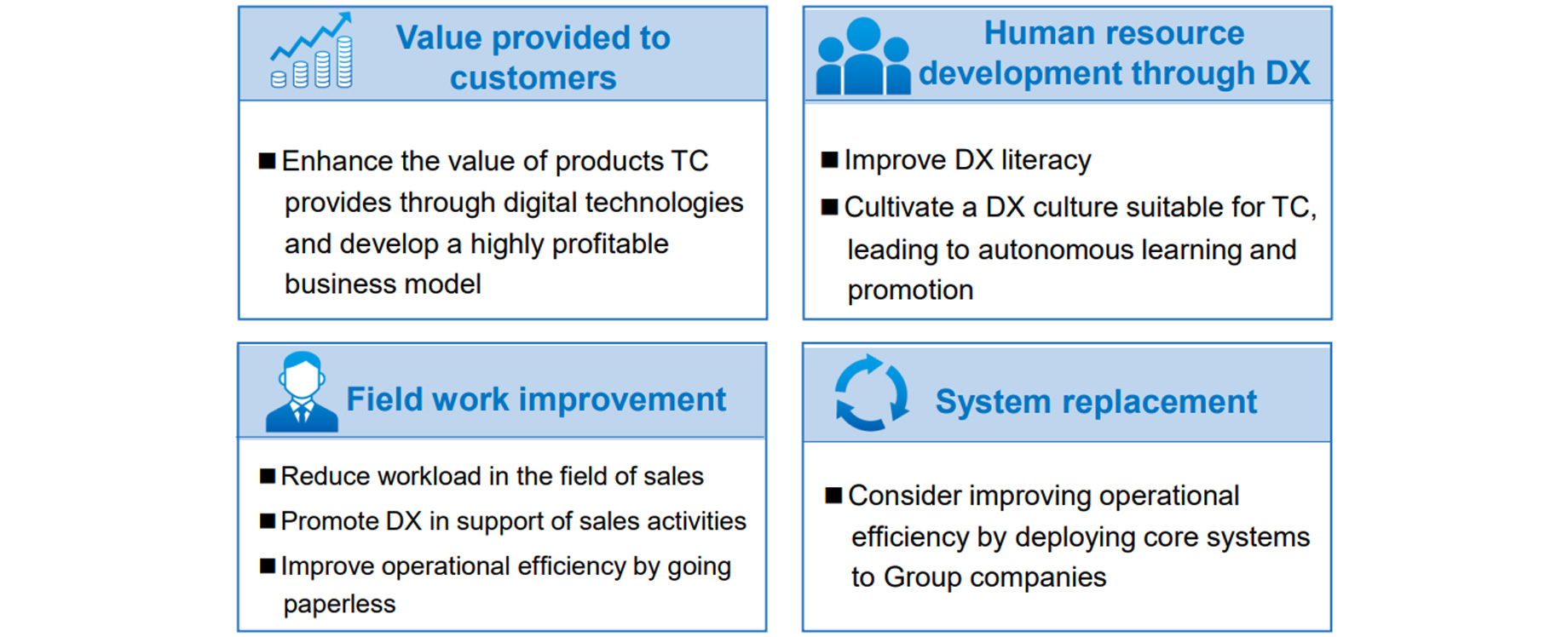
Four Priority Themes of the DX Task Force
—Could you tell us about the generative AI tools currently in use and the path that led to their adoption?

Kuroki
After its arrival, we had an increase in requests from employees who want to apply generative AI in their job or use ChatGPT, and so in July 2023 we introduced ChatGPT with certain restrictions. By September, we released TC-ChatAI, our in-house generative AI service made available through a dedicated environment for strengthened security.
Since April 2025, we have been rolling out Google Gemini and NotebookLM across the company. Enterprise solutions have significantly matured over the past few years, offering greater safety and more advanced features. Given Gemini’s strong integration with Google Workspace, we determined that it provided the best option for entering into the next stage of AI use, and so we transitioned away from TC-ChatAI.

Hashimoto
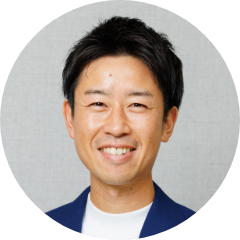
Sato
Adopting cutting-edge technology always carries risks. Thanks to the swift and bold action of the IT Promotion Division, we were able to establish a secure environment quickly. We avoided over-investing in any one technology and minimized the risk of obsolescence by carefully tracking the rapid trends in generative AI. I believe this was a strategic decision.
This foundation also enabled the dX Strategy Division to effectively promote adoption and raise generative AI literacy across the company at an early stage. What’s more, we moved to powerful, general-purpose tools such as Gemini with optimal timing.
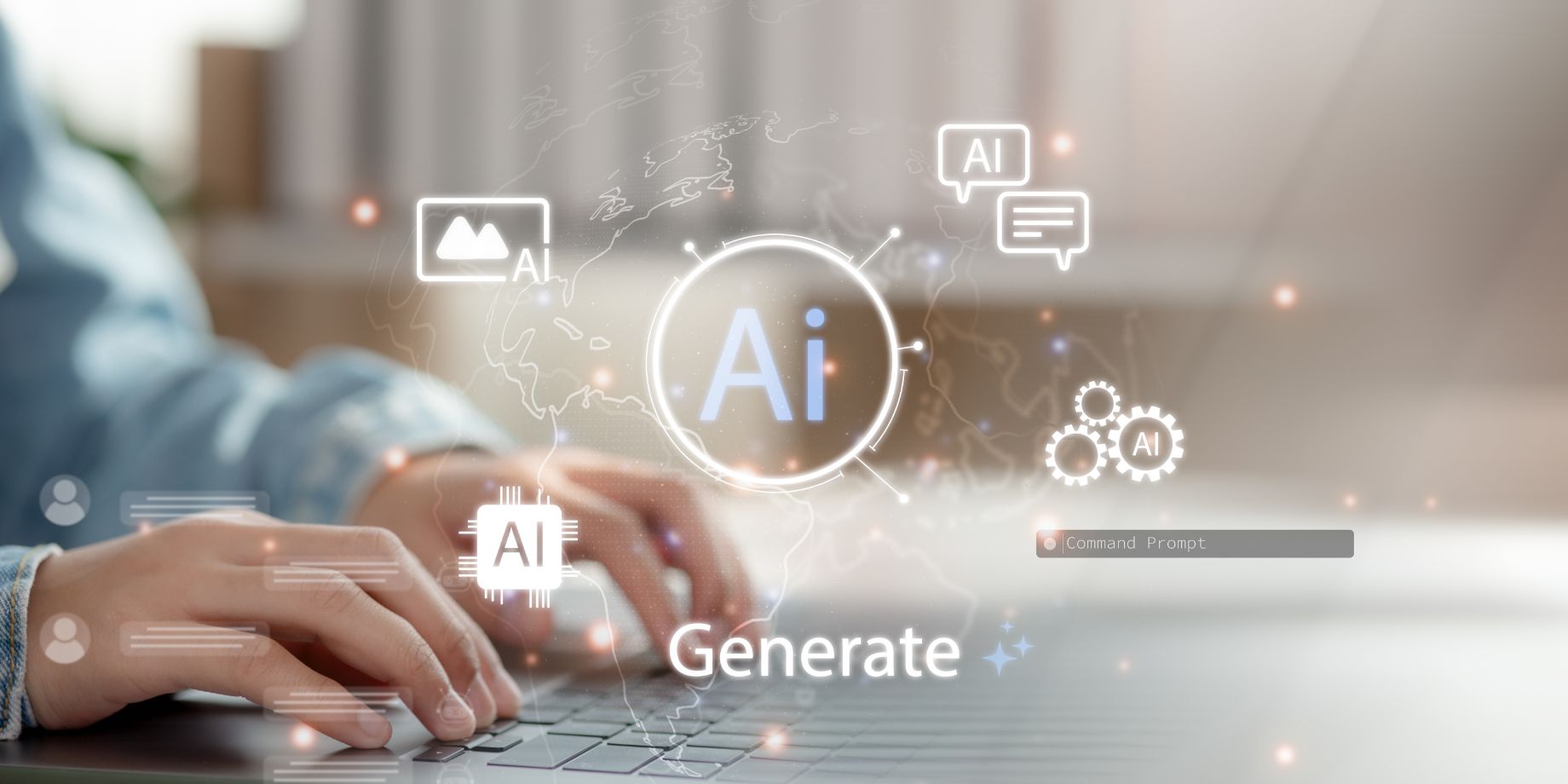
Strategic Focus Area 1 for Generative AI Use: Establishing Rules
—Guidelines and Learning That Emphasize Responsibility for Proper Use over the Risks of Not Using
—How did you ensure the steady introduction of generative AI?

Kuroki
Generative AI carries a variety of risks depending on how it is used and the environment in which it is applied, and there are still no definitive solutions. Trying to avoid those risks by simply banning its use would not only mean losing opportunities to improve productivity but could also impact the company’s growth and even its survival. That is why we worked with the Risk Management Division to clarify the risks involved in using generative AI and codify them as rules.
—What are the main risks companies should be aware of?
Kuroki: There are three. First, sensitive information entered into prompts could be used for model retraining and leak externally. Second, generative AI may produce hallucinations, presenting false information as fact. Third, there is the risk of copyright infringement depending on the data the generative AI draws upon. In light of these risks, we worked with the Risk Management Division to establish clear rules.
Sato: In addition to technical safeguards, users themselves must understand the risks and use generative AI responsibly. Our goal at the dX Strategy Division is not simply to introduce and make generative AI tools available, but also to foster a company-wide culture of responsible use through improving literacy. Along with sharing user guidelines, we also provide e-learning on the basics and ethics of generative AI, creating the foundation for safe adoption.
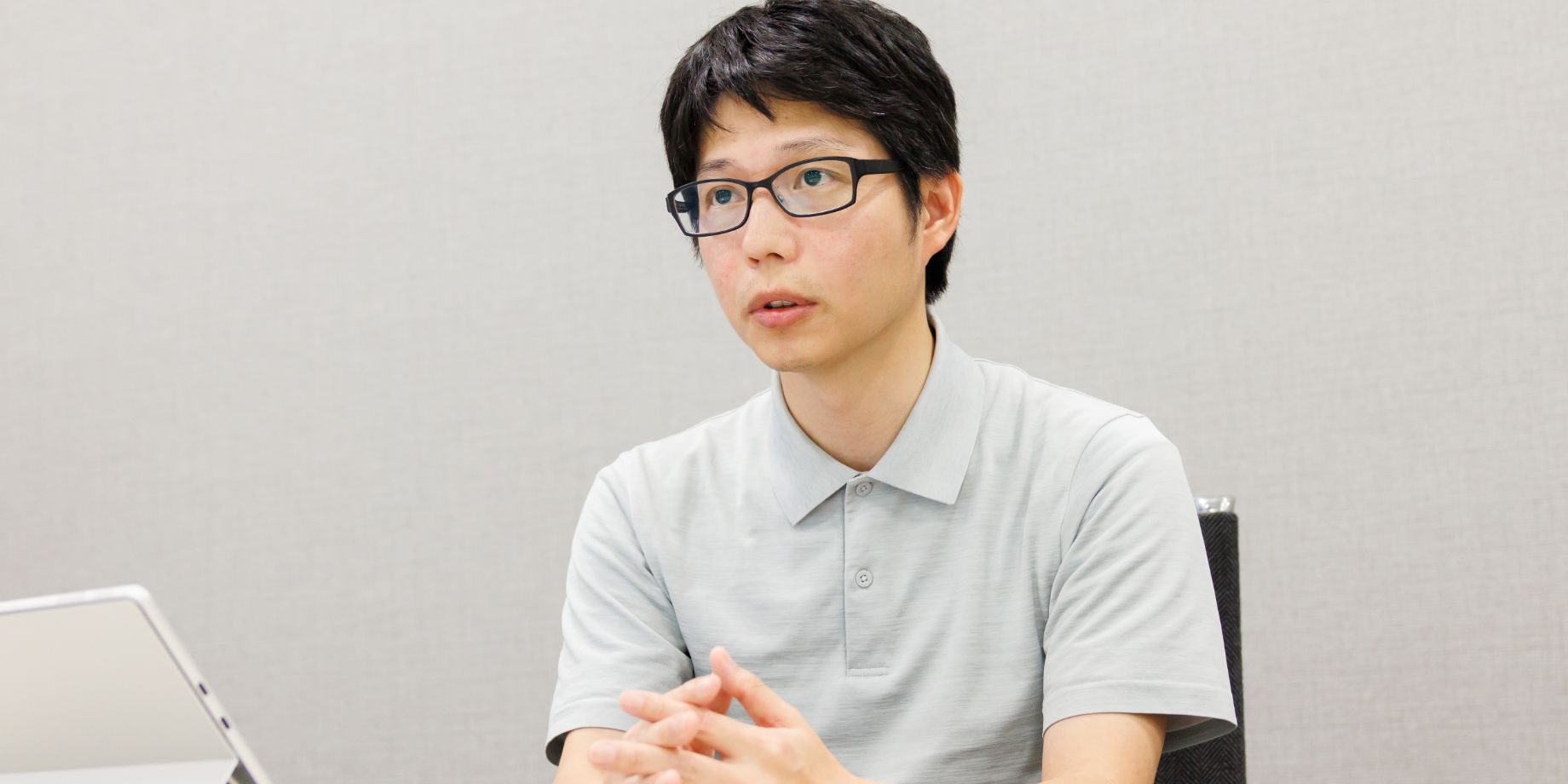
Kuroki: For me, the toughest part was being required to proceed rapidly in an area lacking definitive solutions. But we were able to successfully scale generative AI use across the company by coordinating system implementation, rule-making, and other actions.
Strategic Focus Area 2 for Generative AI Use: Implementation
—From Small-Scale Exploration to Broad Adoption, Enabling Tangible Outcomes to Emerge across the Workplace
—What specific approaches did you take to promote the use of generative AI?

Kuroki
Because we could not predict how widely generative AI would actually be used, we started small and verified results, gradually scaling up server capacity and functions while monitoring usage. The dX Strategy and IT Promotion Divisions jointly oversaw the process and adjusted the timing of investments to facilitate organization-wide rather than individual optimization. As a result, we were able to provide this generative AI service with minimum investment, which I believe was the best possible outcome.
We monitor usage rates and improvements in operational efficiency through fixed-point employee surveys. In June 2024, about 36% of employees were using TC-ChatAI. By the end of that year, the rate had risen to 63%, an increase of 27 points. More than 40% of users reported operational efficiency gains of over 40%. Now that we have switched to Gemini and expanded its functions, I believe both usage and the sense of improvement are even stronger.

Sato
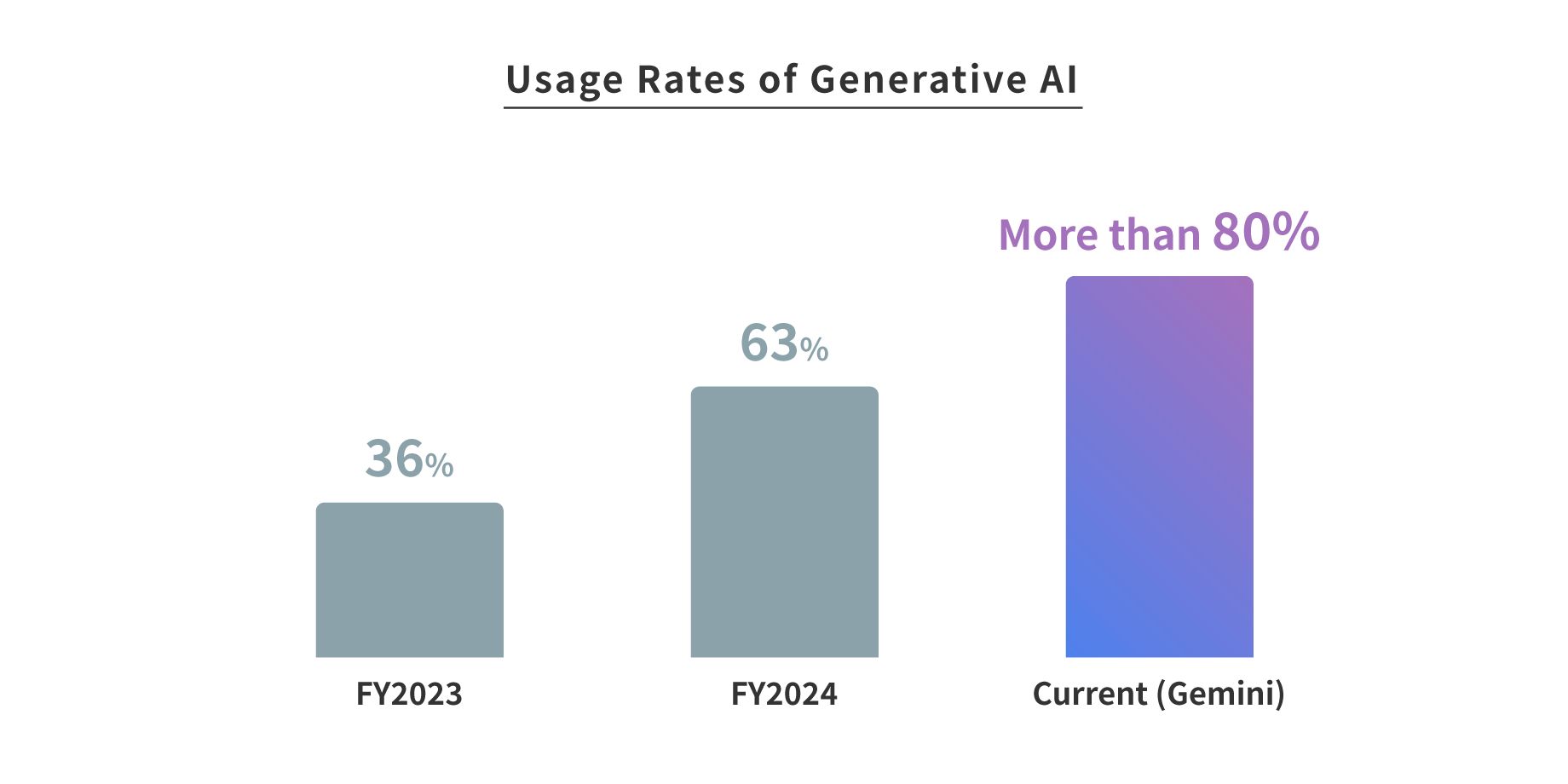
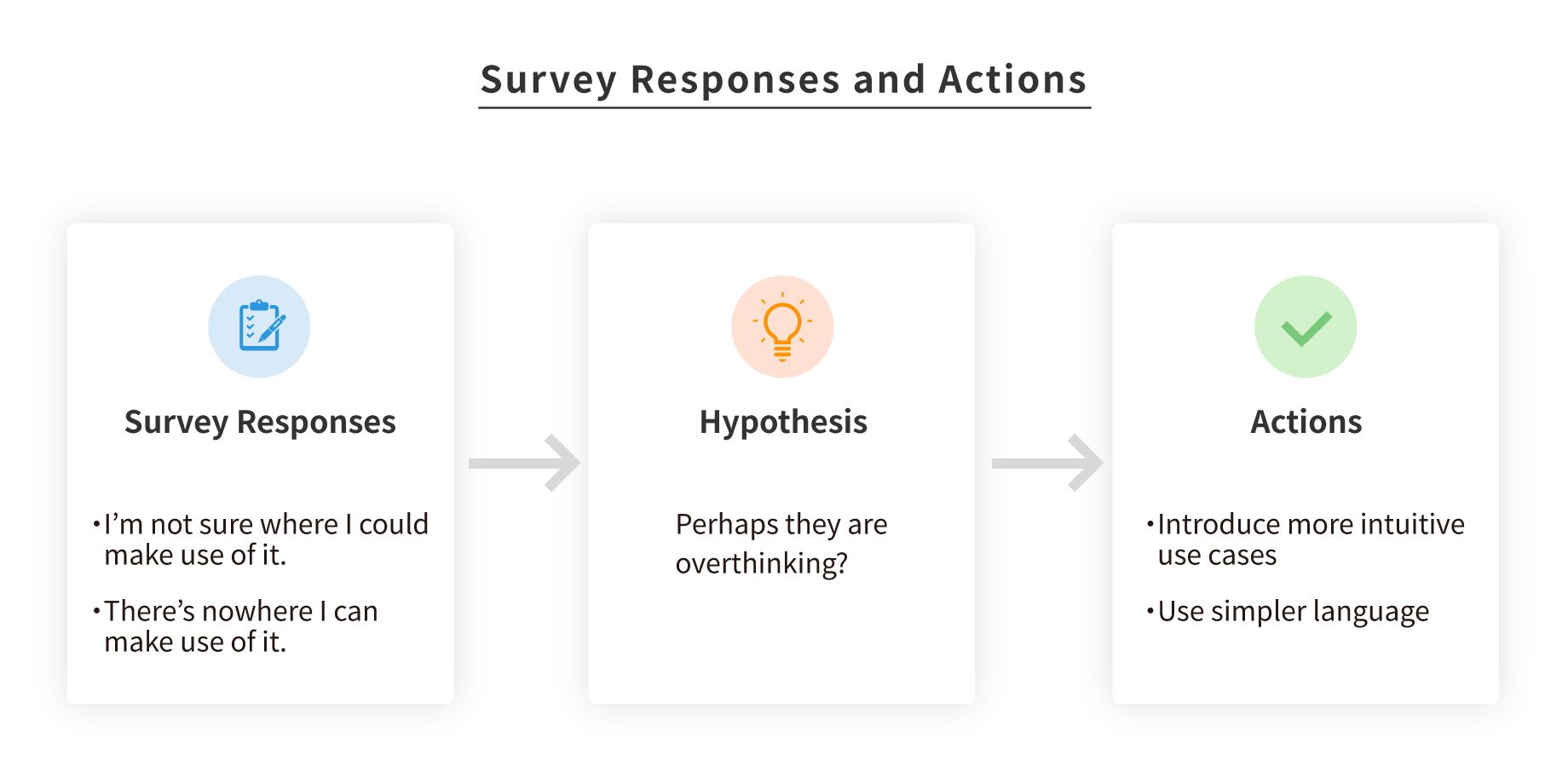
—How do you share knowledge within the company?
Sato: We created an internal community dedicated to generative AI where employees can informally share and learn about use cases with each other. Outstanding examples are also recognized through our award system and presented at company-wide events that showcase digital tool achievements. Sharing and recognizing successes in this way broadens the awareness of best practices across the company.
While generative AI may be seen as a tool for young people, I’m convinced that the combination of generative AI with the accumulated knowledge and experience of mid-career and senior employees who deeply understand the challenges that need to be addressed and the keys to creating value, will enhance our competitive edge with even greater value. We want to encourage them to actively use generative AI.
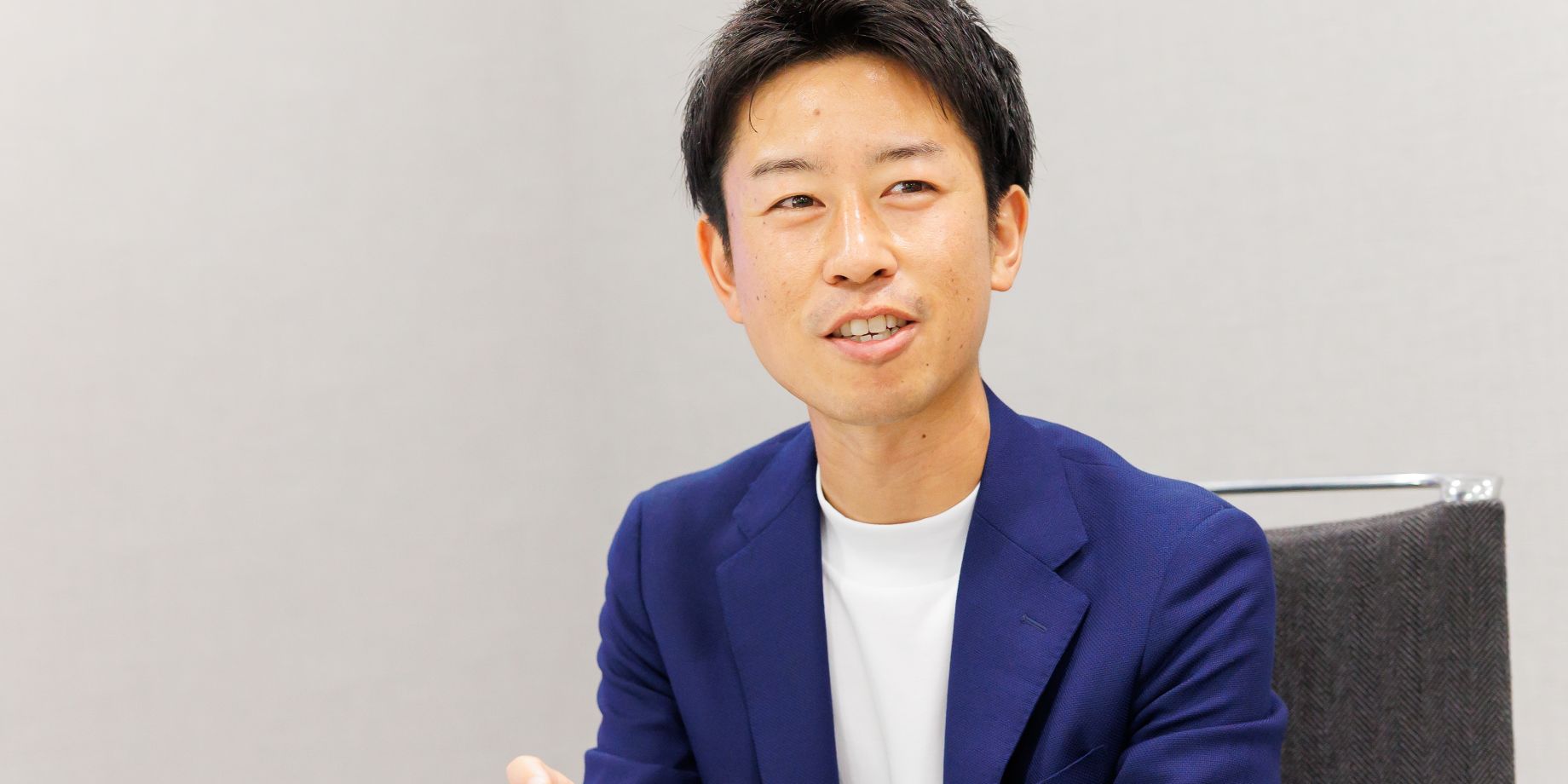
Sato: I believe it’s also important to foster frontline evangelists for the use of generative AI and to establish an internal award system to recognize achievements from its use.
Strategic Focus Area 3 for Generative AI Use: Building a Culture
—Establishing an Organization Driven Forward by the Free Exploration of What Is Possible
—Could you tell us about specific promotion initiatives in terms of organizational structure and frameworks?

Kuroki
At first, the general manager of the IT Promotion Division and I started building the foundation. Then as new members joined, including Mr. Hashimoto, we reinforced the structure and expanded its functions. This year, the Digital Promotion Group was set up within the IT Promotion Division to advance data utilization and AI as part of promoting digital transformation.
In fact, switching from TC-ChatAI to Gemini marked a major turning point in shaping our organizational framework. While developing and maintaining our own environment would have required resources for both management and expanding features, we could entrust Gemini itself to handle these tasks. This allowed a small team to efficiently advance the infrastructure, while members could focus on promoting adoption and selecting tools best suited to on-site needs.

Hashimoto

Sato
One factor driving the growing interest in generative AI was President Fujiwara’s statement in May 2025 calling for company-wide adoption. We expect this momentum to extend to our Group companies as well. We want to share our expertise in rule-making and infrastructure development with them while in turn learning from the use cases they provide.
—What are the key factors for creating an organization in which new members can contribute?
Kuroki: Both the IT Promotion and dX Strategy Divisions give their staff a great deal of freedom when it comes to new initiatives. Members can say they want to try something and pursue it with discretion, and this culture forms the foundation for strong performance.
Hashimoto: I joined the team in 2024 and found it to be an open and collaborative organization. Members have been able to draw on their expertise, take on new challenges, and achieve tangible results in response to employee desire to use generative AI.
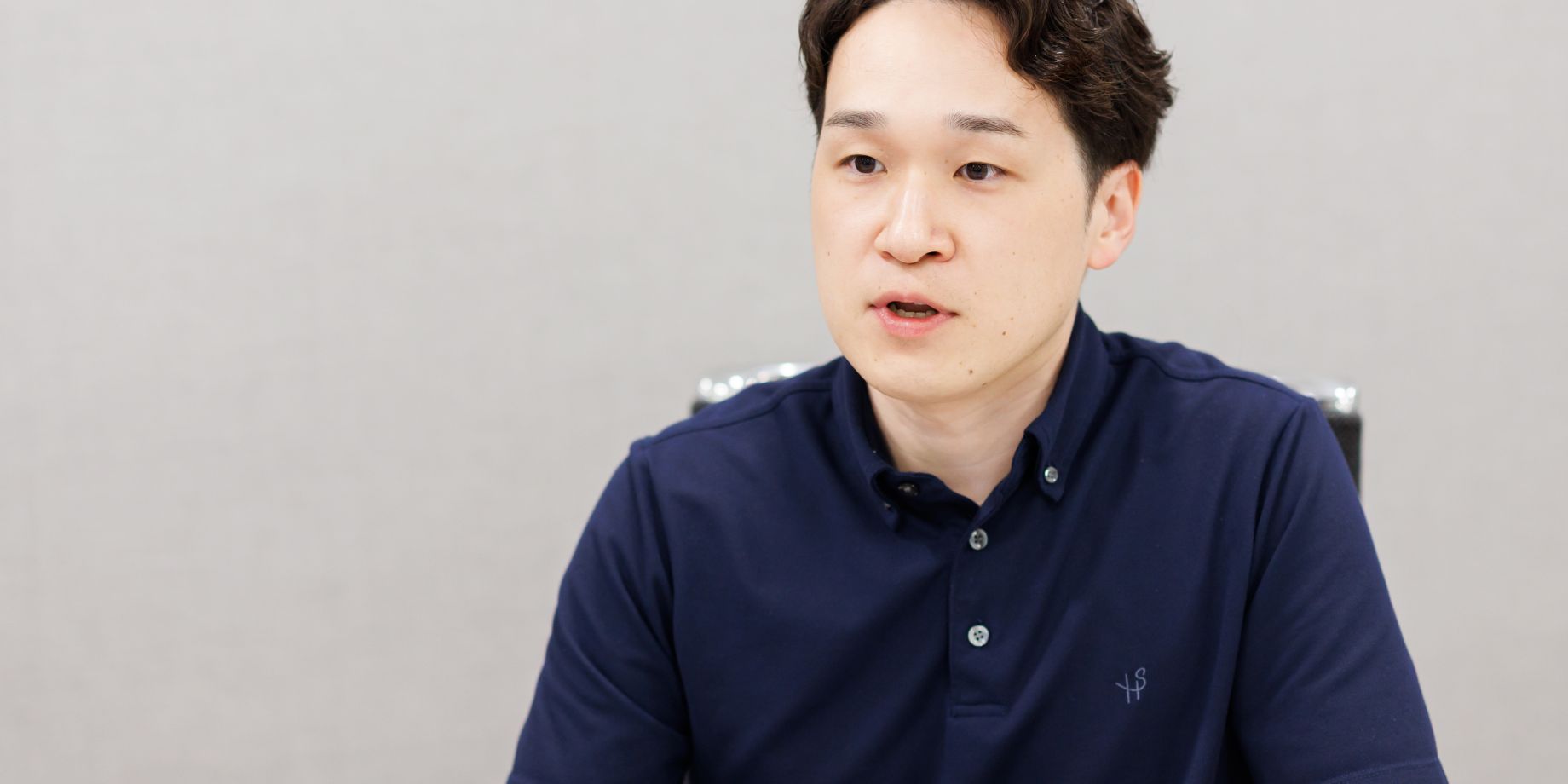
Hashimoto: Having an organizational culture that supports taking on challenges with generative AI, a technology with an unclear trajectory, has enabled us to perform at our best.
Unlocking New Value through the Evolution of Generative AI and Our Own Challenges
—Could you describe the vision you are striving toward as generative AI continues to evolve?

Hashimoto
Although the use of generative AI is a key management priority for many companies, in the larger context of digital transformation, it’s not always the best possible solution—simpler tools sometimes work better. That’s why we see our role as serving as a filter and are resisting the urge to adopt every new tool and focus instead on solutions that bring genuine value to the Tokyo Century Group and our customers.
We’re mainly using generative AI at Tokyo Century for routine tasks, such as drafting documents, producing summaries, and preparing meeting minutes. This has improved efficiency while having limited impact on productivity, which I believe we can significantly enhance by applying the technology to process improvements and eventually to higher-level decision-making. Keeping in mind the coming wave of transformation and our vision for the future, I would like to experiment in fiscal 2025 with cutting-edge technologies such as AI agents as we move forward in building an AI-driven environment.

Sato

Kuroki
We take pride in having steadily built an optimal environment while keeping pace with the rapid evolution of generative AI. That said, companies of all sizes are investing in this field, and the market landscape could change overnight. With that in mind, I want us to maintain a high-level perspective and continue to pursue the best solutions for users both inside and outside the company.

Hiraku Kuroki
Head of the CSIRT Office, IT Promotion Division
Joined Tokyo Century mid-career in 2018 after working at a financial institution, mainly in the IT division, where he was responsible for implementing and managing server systems. At Tokyo Century, he has taken on a wide range of responsibilities, including IT security to infrastructure operations, and assumed his current position in 2025. He has also been part of the team promoting the use of generative AI since its early stages, contributing to environment setup, policy development, and strengthening organizational structures.

Rei Hashimoto
IT Promotion Division
Joined Tokyo Century mid-career in 2024. At his first company as a new graduate, he worked as an in-house systems engineer, managing and upgrading communication tools, and later, at his second company, a startup, he engaged in app development. At Tokyo Century, he works in the Infrastructure Group, overseeing IT infrastructure and communication tool upgrades.

Minato Sato
dX Strategy Division
Joined Tokyo Century in 2010 as a new graduate, gaining broad experience in the Equipment Leasing segment, including leasing operations, service model development, and regional and government sales. During two secondments, he deepened his expertise in digital sales using IT tools and in the SaaS business, and also lectured at seminars. In 2023, he transferred to the dX Strategy Division under the Career Challenge program. He is currently a member of the DX Task Force under the Medium-Term Management Plan 2027, driving DX strategy and DX training, and promoting digital utilization, including generative AI.
*The contents of the article and the position titles are as of the date posted.
RECOMMEND ARTICLES
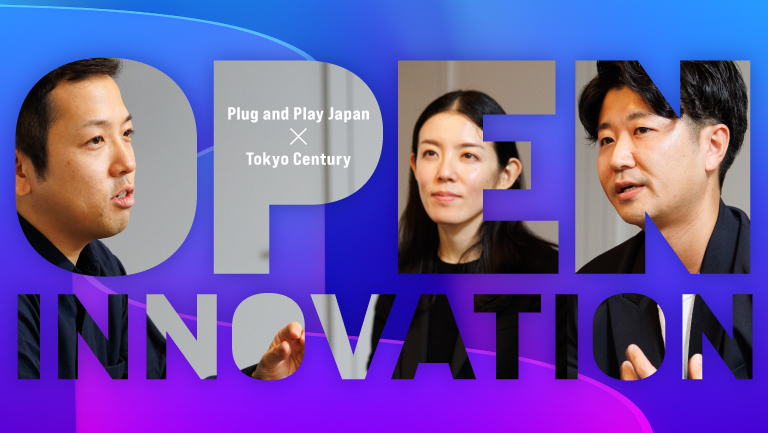
—Plug and Play Japan × Tokyo Century
Feb 19, 2025
Collaboration with s…
